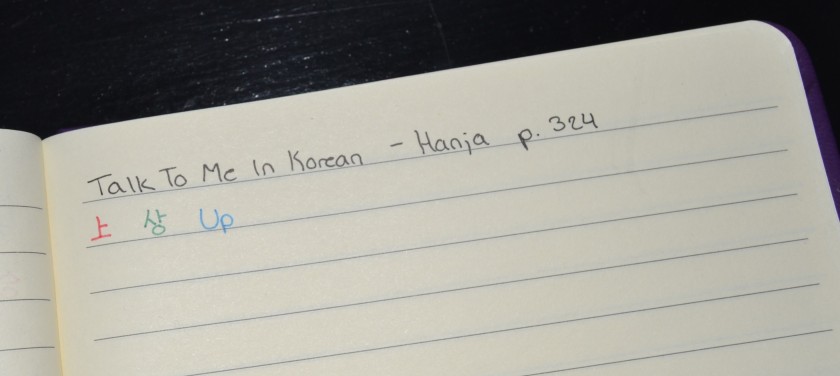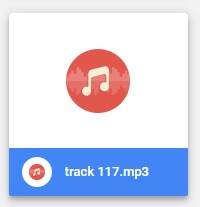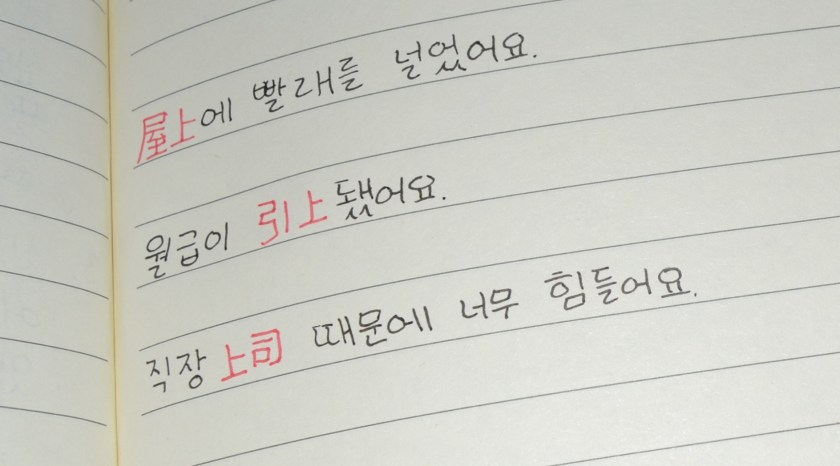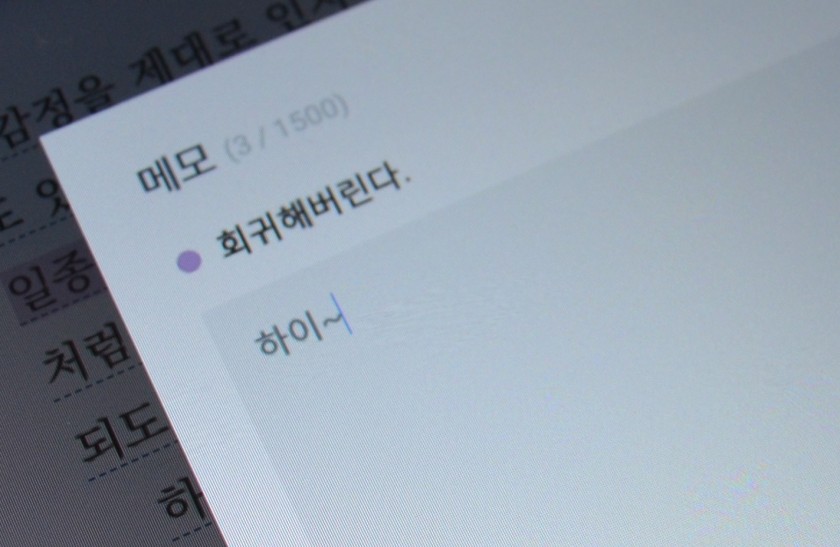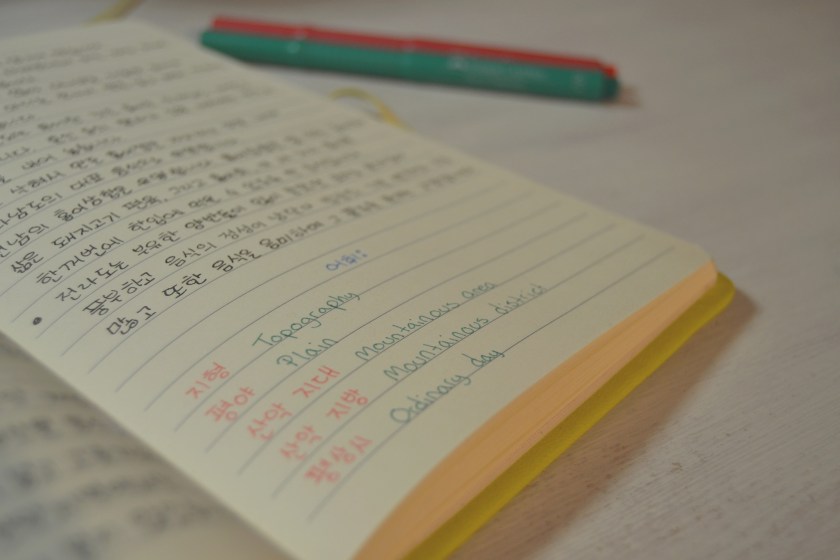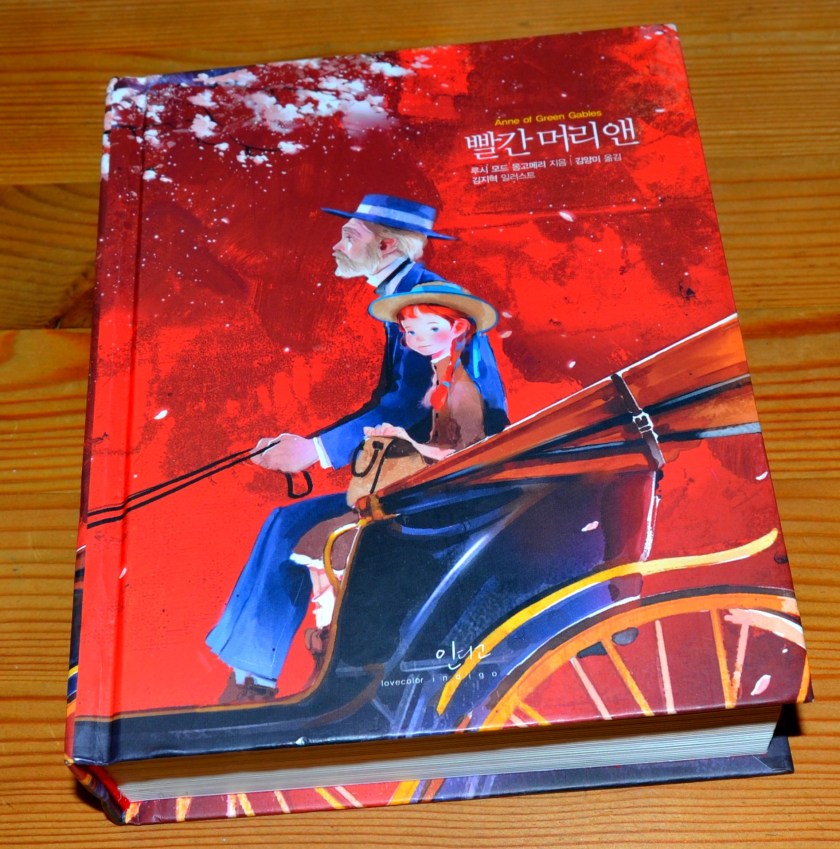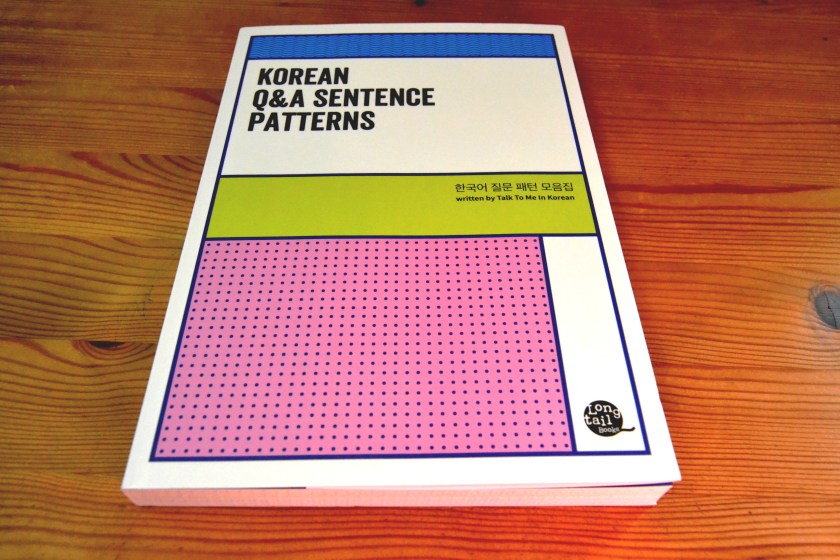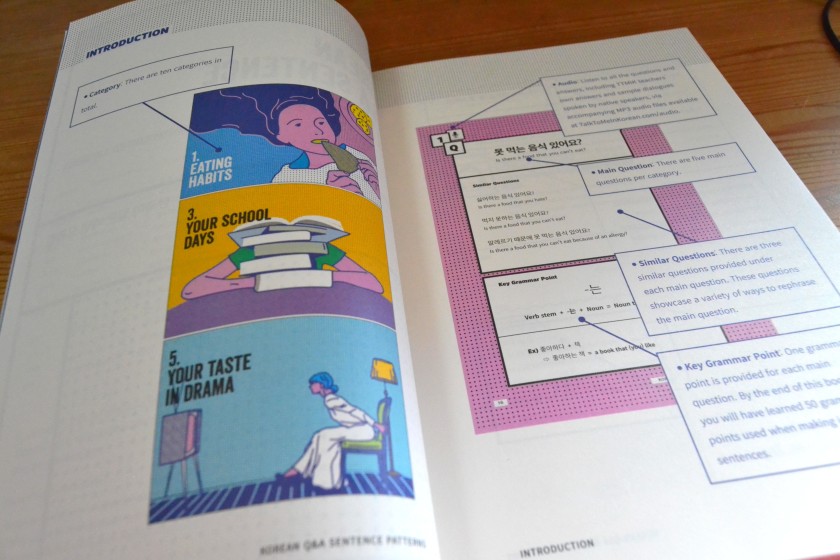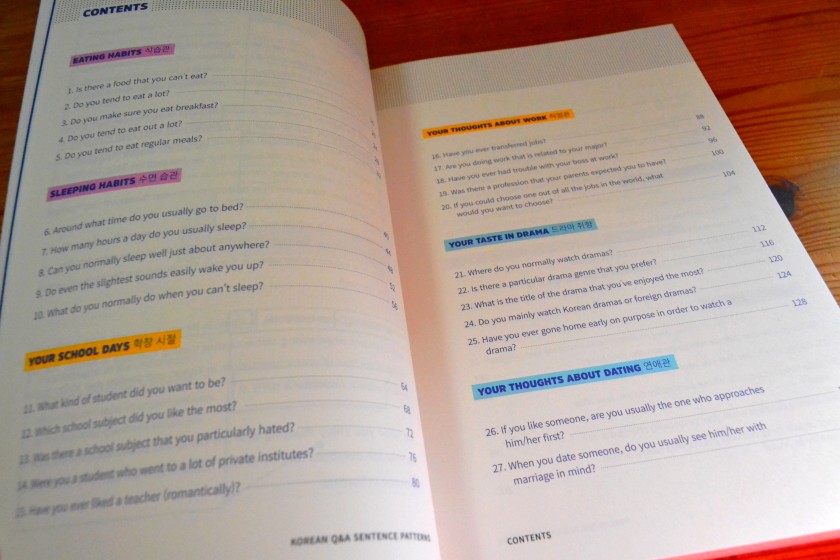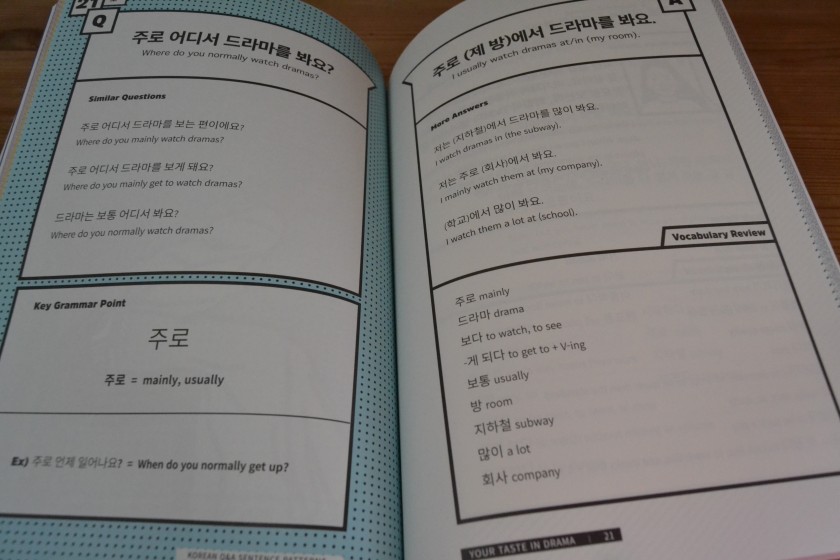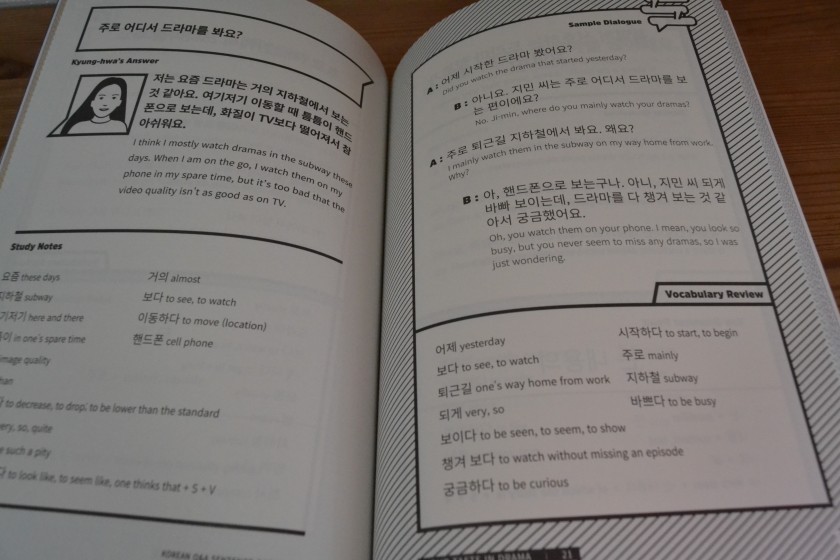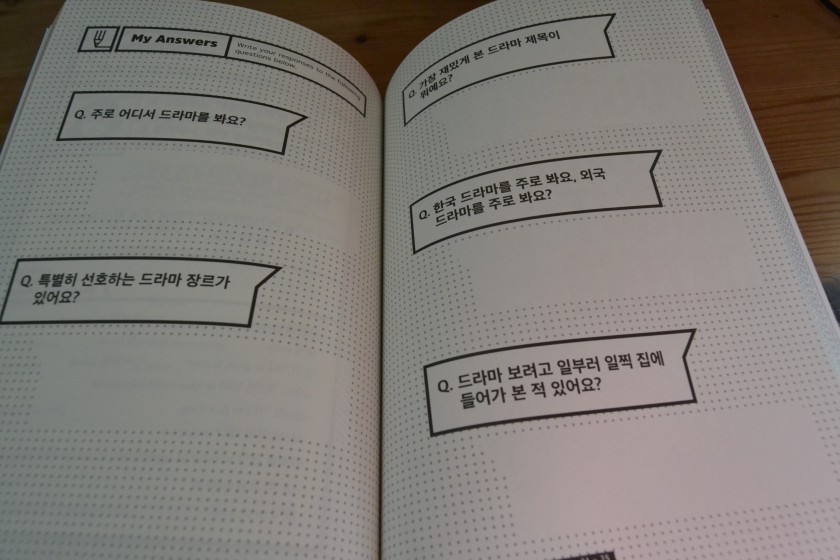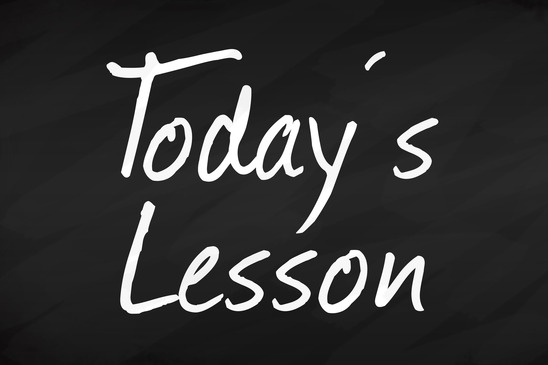I have been using Memrise pretty much since I started studying Korean and while I don’t use it religiously, I still consider myself a somewhat regular user.
I know that Memrise is often connected with the idea of simply memorizing, which some are for, some are against, and others just don’t really care. I have already talked about my thoughts on memorizing here so I won’t be talking about any of the pros and cons today.
However, I do want to talk about how to actually get the most of using the Memrise App or Website.
I assume that you all know about Memrise but in case you don’t, it’s a basically a flashcard App/Website with both premade and user-made sets, that uses spaced repetition to get the best results out of the time you spend on it.
- Create your own sets.
Memrise comes with a ton of already made sets for different languages and topics, made by Memrise themselves, as well as access to all of the other users’ sets. Naturally, it is very tempting to simply pick a course or set and get started immediately.
However, by making your own set you, first of all, make sure that the words you enter, are words that you actually need learn right now. That’s why you’ve come across them in your studies in the first place, right?
Secondly, by sitting down and looking up each word on your own, and then writing them down along with their meaning, you will already get a pretty good foundation to continue building on. The words will attach to your brain in a completely different way than when you simply see a new word and its meaning. - Use the Meme option to add a sample sentence.
Memrise has a Meme option for each added word. You can add a picture, an actual meme or my favorite, add a picture with a sample sentence on it. That way you will keep the context no matter if you are learning a new word, an expression or a new grammar point.
You can make your own sample sentence or if you want to make sure that there are no mistakes in it, then simply copy the sentence where your first came across that word or expression. - Set goals for the streak.
Memrise has a streak system, and you can set goals for each set. That way to can create a goal of how much you wish to practice every day, no matter how much or how little time you have available each day.
The streak itself does nothing for your learning, however, it adds some accountability as well as a game-like aspect to studying. It gives you a visual overlook of your studies and I personally find that even though I don’t really think about it on a daily basis, I do find myself slightly upset by the thought of missing a day, when my streak is over 10 days. - Don’t use your hints.
Depending on whether you have a standard or a pro membership, you might have ‘Hints’ available when you are practicing your sets, and my advice is to simply ignore them completely. The thing is, that if you use your hints to guess a word, it doesn’t get marked as a wrong answer even if you use hints to guess every single part of the words. And that means that the word will show up less and less during reviewing when you actually need it to appear more often instead since you obviously didn’t remember it on your own. Also, when the words get marked (mistakenly I might add) as correct, then the words won’t be added to ‘Difficult words’. I’ll talk more about that further down! - Don’t spend too long on figuring out the answer.
Sometimes all you need is a little time to think, however, I recommend that you don’t spend too long figuring out the answer. I usually tell myself that if I was having a conversation right now and wanted to use that specific word, would I be thinking about it for this long, or would I have skipped it and reformed my sentence by now to keep the conversation going. If I would have skipped it in a conversation then it’s time to skip it during the review as well. This will automatically mark it as wrong and it’ll start appearing more often for practice so that you will be able to recall it faster in the future. - Difficult words are your friend.
Memrise has a special set called ‘Difficult words’ under each created set. While it sometimes seems like a failure to have any words in that set, it truly is your best friend. Whenever you get a word wrong or skip it, they all end up in that set where you get the chance to practice those words a bit more than the other words. If your goal is to be able to actually use all of these words without hesitation, then don’t feel bad about your difficult set. Just give them the extra love that they need. - Don’t study words without context.
Avoid studying words from a random list without any context. Many words have several meanings and it’s SO HARD to unlearn something again, no matter how wrong it might be. The context itself will also help you remember whatever you are learning.
Also, I don’t see any reason to learn from such a list. I mean, I already find tons of unknown words while reading and studying, so why not just work on those words, that you have actually met in a proper context? - Avoid set where words are in alphabetical order.
If you do decide to practice sets that are premade or words that are based on a random list, at least avoid sets that are made in alphabetical order. Seriously. Just don’t. The words will be introduced in the order they have been added which means that you might get 10 words in a row that all starts with 인 and it. will. mess. with. your. brain.
Every single word will blend together and so will the meanings of each word. It is the absolute worst thing you can do.
I hope you guys find this helpful and feel free to add your own tips for Memrise in the comments. I think we all need the help we can get, haha!



